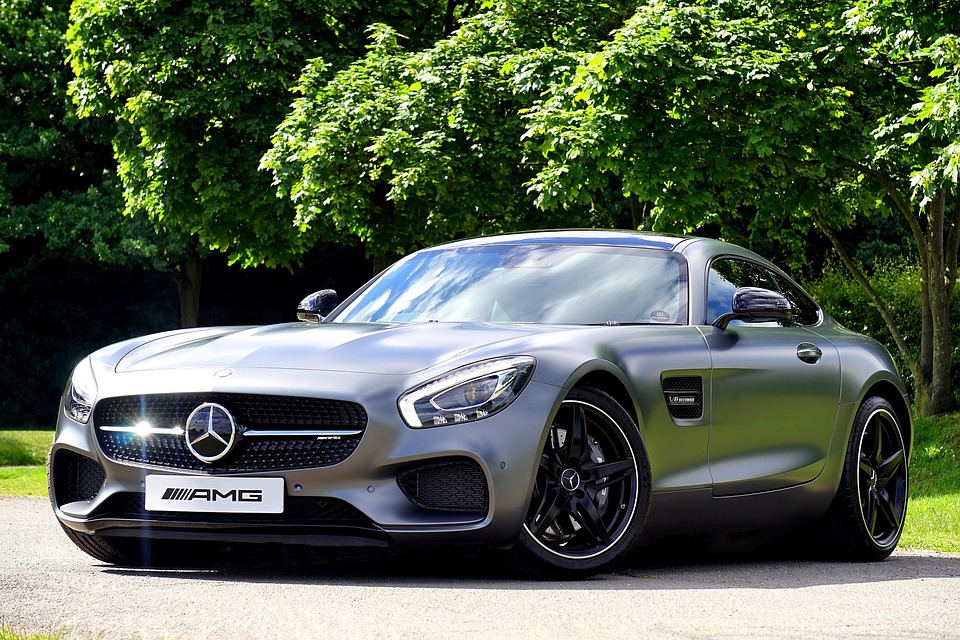Luxury cars are meant to offer the best in performance, technology, and comfort, but not all of them live up to the hype.
Some have been plagued by reliability issues, poor performance, or simply failed to deliver on their extravagant promises.
Here are 10 luxury cars that turned out to be major disappointments:
1. Cadillac ELR
The Cadillac ELR was introduced as a luxury plug-in hybrid coupe, but it failed to attract buyers due to its steep price and lackluster performance. Essentially a more upscale version of the Chevrolet Volt, the ELR shared the same powertrain but came with a six-figure price tag that was hard to justify.
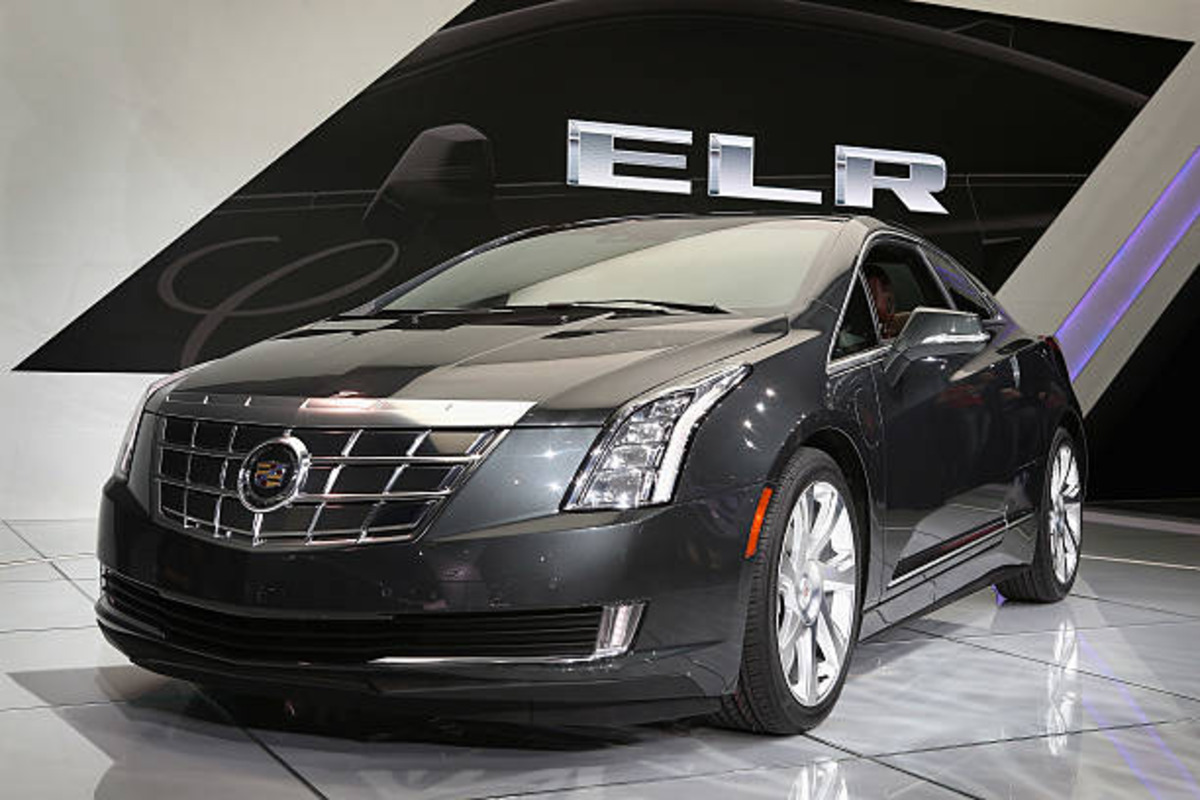
Despite its sleek design and premium interior, the ELR’s limited electric range and sluggish acceleration disappointed potential buyers. Competing luxury hybrids offered better performance at a lower cost, making the ELR a tough sell.
Sales remained dismal, and Cadillac quickly pulled the plug on the model. The ELR became a cautionary tale in the automotive industry—proof that premium styling alone isn’t enough to justify a luxury price if the performance doesn’t match expectations.
Also Read: 12 Cars That Have the Best Fuel Efficiency Without Going Hybrid
2. Jaguar X-Type
The Jaguar X-Type was marketed as a serious competitor to the BMW 3 Series, but it failed to live up to the hype. Built on a Ford-based platform, the X-Type lacked the refinement and driving dynamics expected from a Jaguar.
Enthusiasts were disappointed by its uninspired performance, and purists scoffed at its front-wheel-drive setup.
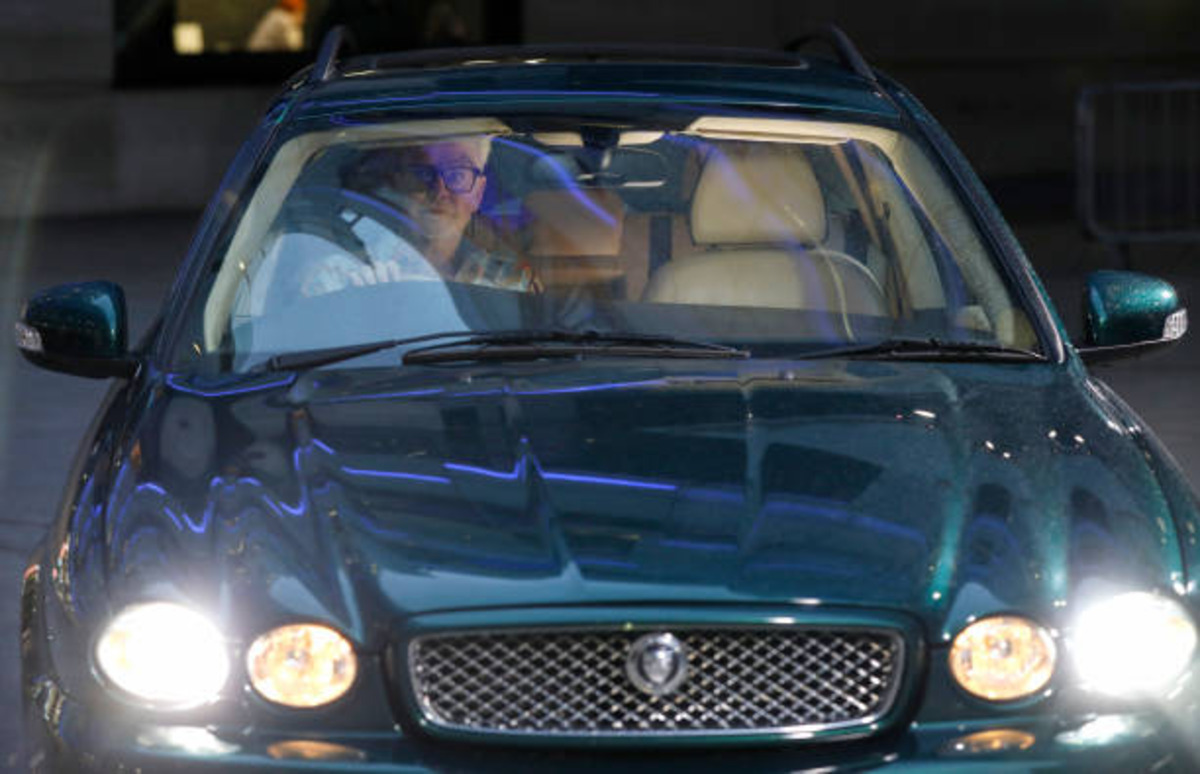
Adding to its troubles, the X-Type suffered from reliability issues, with reports of transmission failures, electrical problems, and costly repairs. Instead of expanding Jaguar’s reach into the entry-level luxury market, it damaged the brand’s reputation.
Sales lagged, and Jaguar eventually discontinued the X-Type, making it one of the company’s biggest missteps. It remains a reminder that premium branding alone isn’t enough to compete in the luxury segment—performance, reliability, and heritage matter just as much.
3. Maserati Ghibli
The Maserati Ghibli promised Italian luxury and performance but failed to meet expectations. While it had the aggressive styling of a true sports sedan, it fell short in areas that mattered most to luxury car buyers.
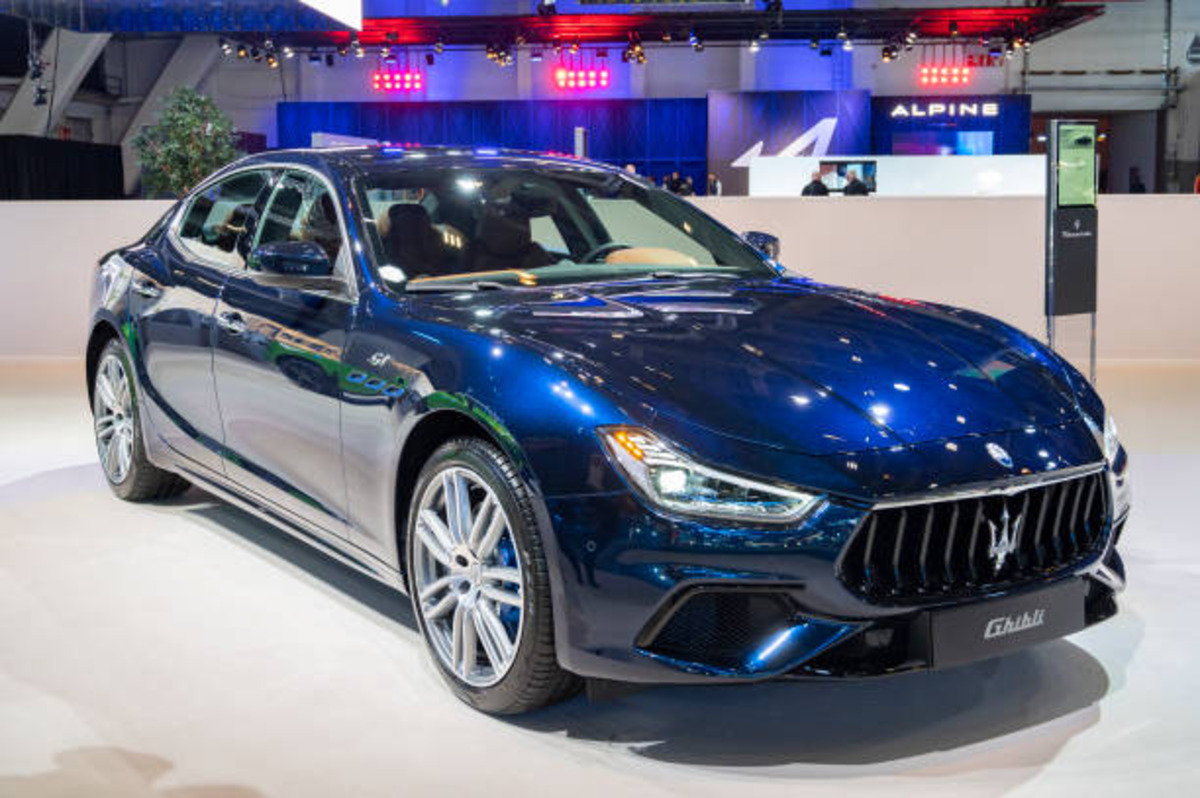
The interior, despite the prestigious Maserati badge, featured cheap materials and outdated technology, making it feel less premium than its rivals.
Performance was respectable, but reliability issues and high maintenance costs turned off potential buyers. Competing against established brands like BMW, Mercedes, and Audi, the Ghibli struggled to justify its price tag. Ultimately, it became a cautionary tale that good looks alone aren’t enough to succeed in the luxury market.
4. Tesla Model X
The Tesla Model X, with its futuristic design and cutting-edge technology, promised to redefine the SUV market. However, reality didn’t quite match the hype. The signature falcon-wing doors, while visually striking, became notorious for malfunctions, often refusing to open or close properly.
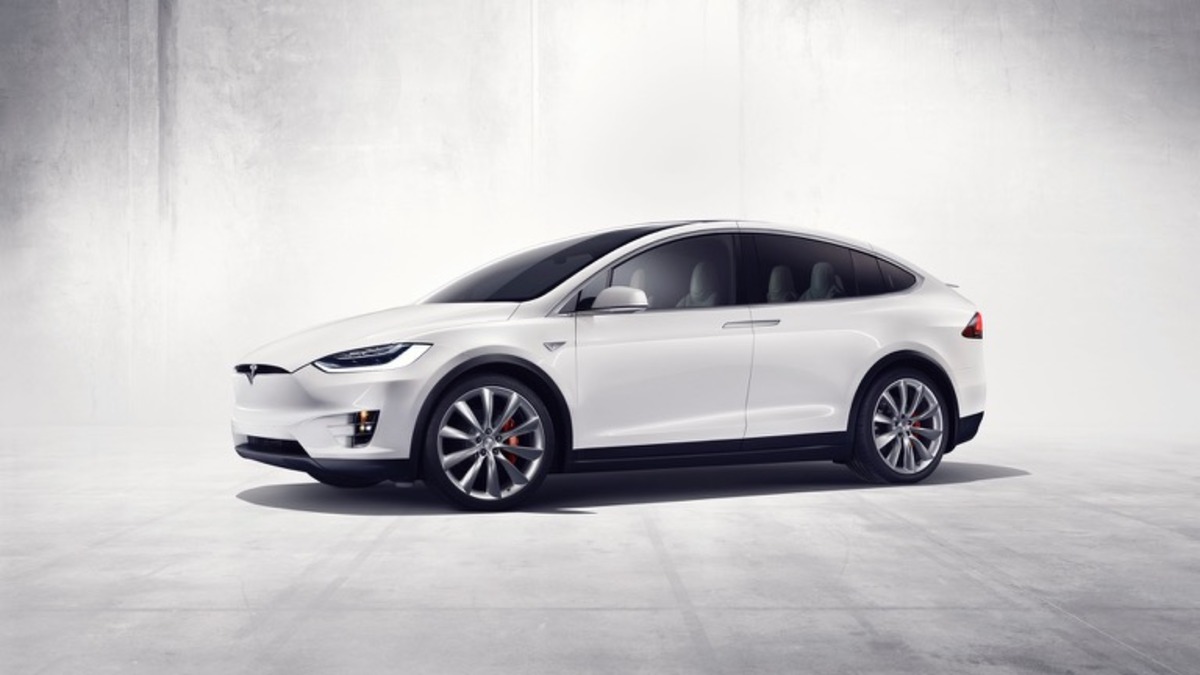
Beyond the doors, the Model X faced build quality issues, including panel gaps, misaligned trim, and software glitches that affected key features like Autopilot and touchscreen controls.
While its electric performance and range were impressive, these persistent problems frustrated owners. As a result, the Model X remains one of Tesla’s most ambitious but problematic vehicles.
5. Aston Martin Lagonda Taraf
Intended to be a bold revival of the Lagonda brand, this ultra-luxury sedan aimed to combine exclusivity with cutting-edge opulence.
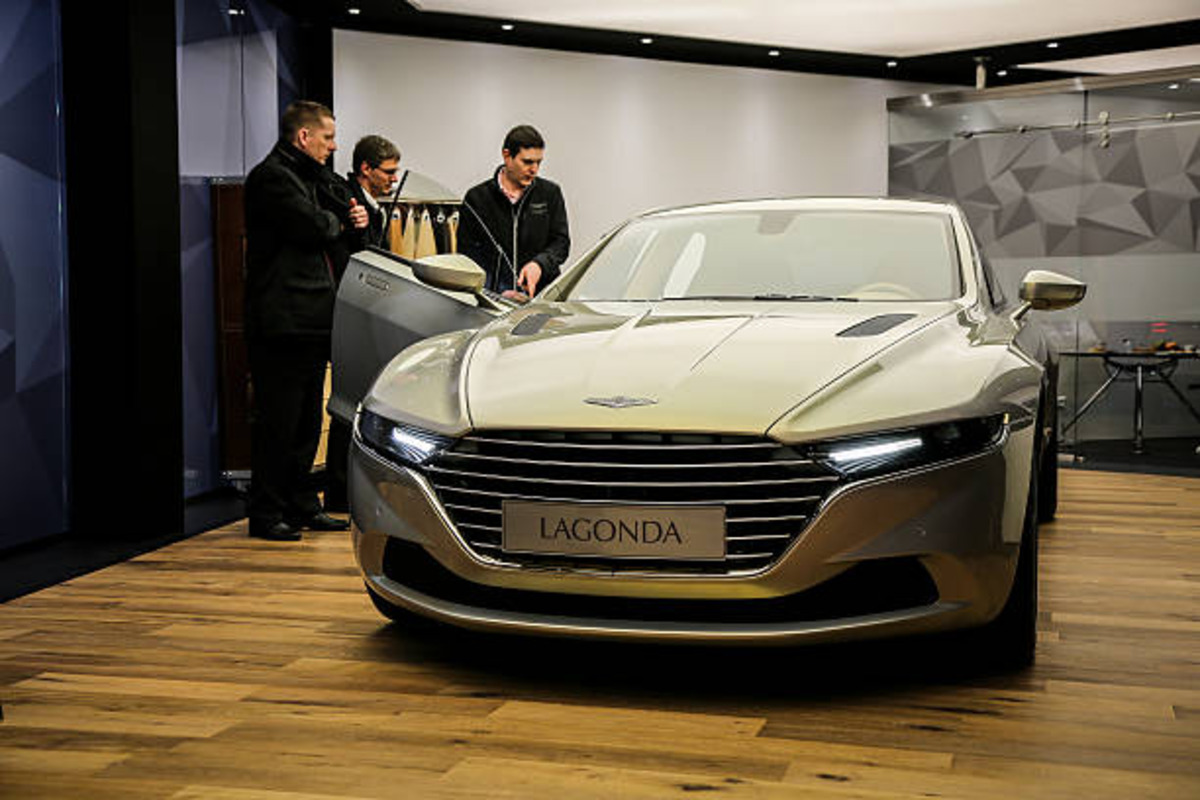
However, despite its lavish design and premium materials, it failed to justify its exorbitant price tag. Lacking groundbreaking features to set it apart from established luxury competitors, the car struggled to attract buyers.
With demand falling far below expectations, production remained extremely limited, and the model quickly faded into obscurity.
What was meant to be a grand statement for Lagonda instead became a forgotten footnote in automotive history, proving that luxury alone isn’t enough to guarantee success.
6. Mercedes-Benz CLA-Class (First Generation)
The first-generation CLA-Class was marketed as an affordable entry into Mercedes-Benz luxury, but it failed to live up to expectations.
Despite its sleek design and premium badge, the driving experience was underwhelming. The ride was stiff, the interior was filled with cheap plastics, and handling felt uninspired compared to rivals.
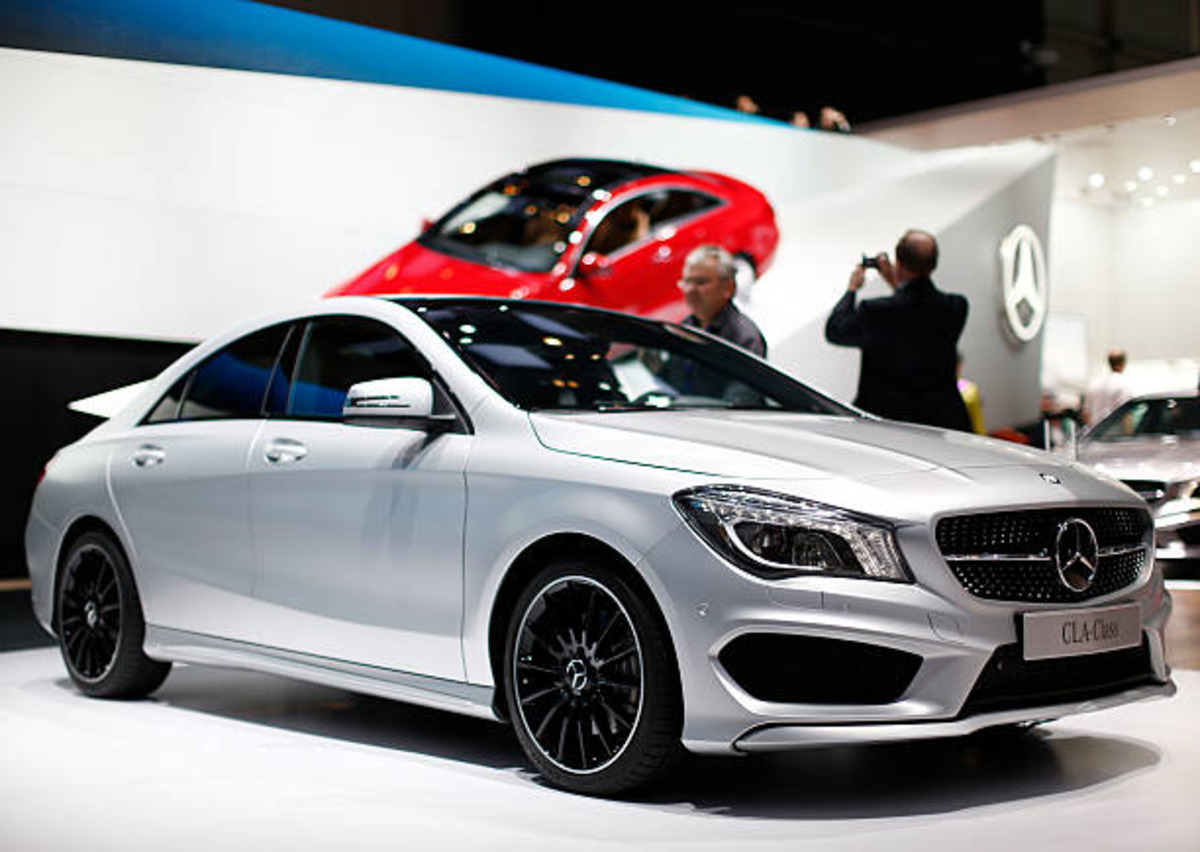
Many buyers quickly realized that the CLA was more about brand prestige than actual luxury. Critics panned it for cutting too many corners, making it feel more like a dressed-up economy car than a true Mercedes. While later models improved, the first-gen CLA remains a cautionary tale of style over substance.
7. Rolls-Royce Camargue
The Rolls-Royce Camargue was an attempt at a bold, modern luxury coupe, but it failed to capture the brand’s signature elegance.
Designed by Pininfarina, its boxy proportions and awkward front end were a drastic departure from Rolls-Royce’s classic styling. Priced significantly higher than the more prestigious Phantom, the Camargue struggled to justify its cost.
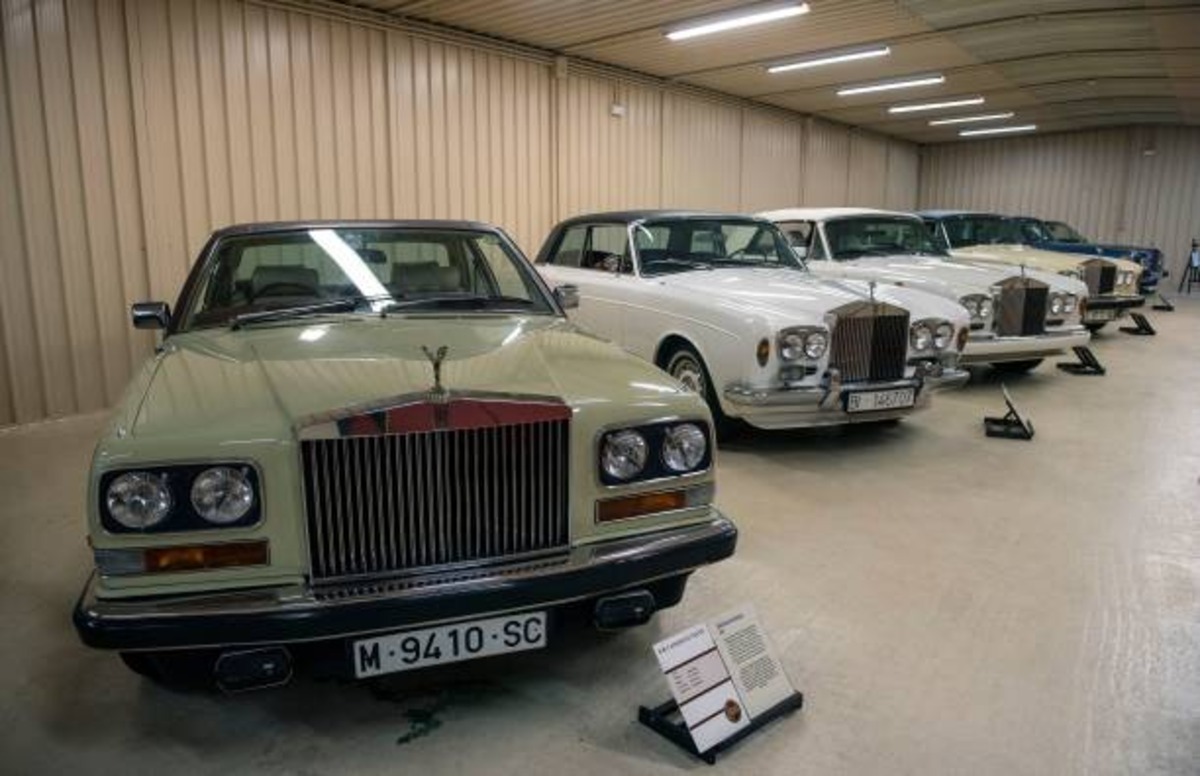
Underneath, it shared much of its mechanical components with other Rolls-Royce models, offering no real innovation to match its premium price. While it boasted features like automatic climate control—an industry first—it lacked the refinement buyers expected. Sales remained low, and it never became a true collector’s item.
Despite its exclusivity, the Camargue is now remembered as one of Rolls-Royce’s rare missteps. It serves as a reminder that even luxury brands aren’t immune to design miscalculations. Today, it’s a quirky footnote in Rolls-Royce history rather than a celebrated classic.
8. BMW 7 Series (E65 Generation)
The E65 7 Series was a bold departure from BMW’s traditional design, but not in a good way. Its polarizing styling, with a bulky rear end and unconventional proportions, was widely criticized. However, the real controversy came from the introduction of the iDrive system.
While intended to simplify controls, the early version was anything but user-friendly. The clunky interface and confusing menus frustrated drivers, making basic functions like adjusting the radio a challenge.
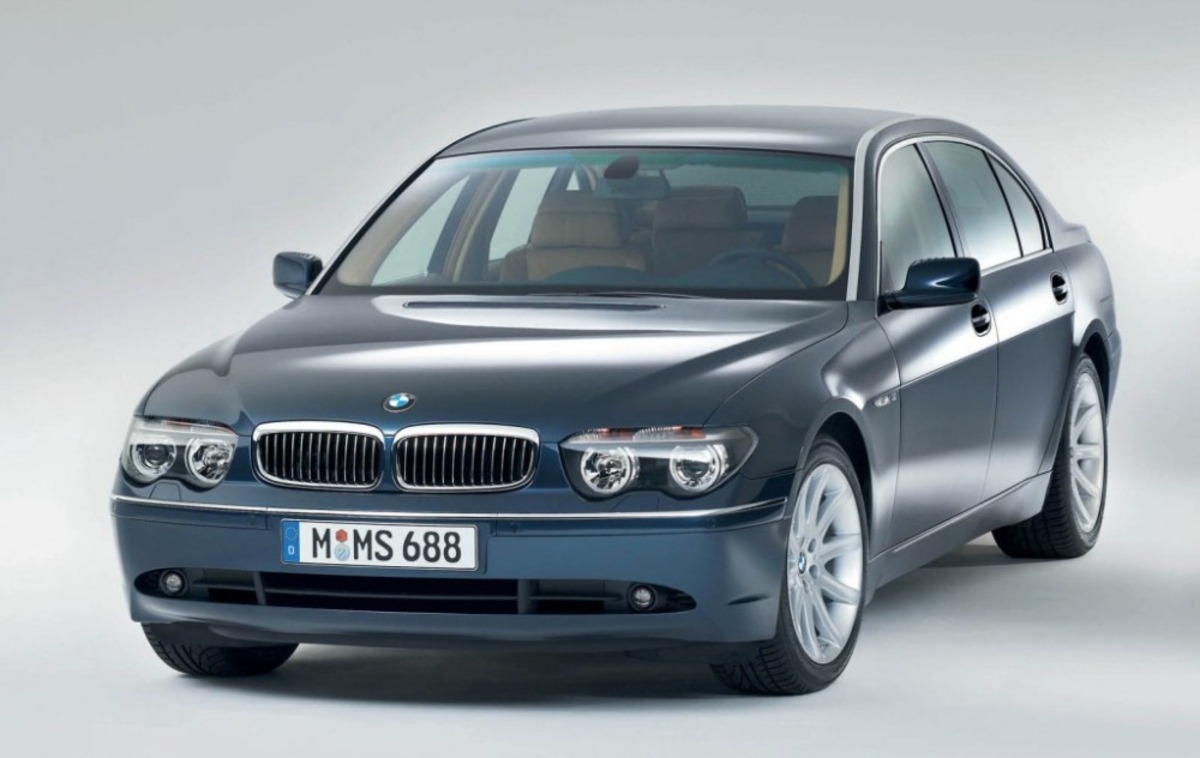
Beyond aesthetics and tech issues, the E65 was plagued by electrical and mechanical problems. Owners reported frequent failures in the transmission, engine, and electronic systems, leading to costly repairs. Although BMW later improved iDrive and refined the design in a facelift, the damage was done.
While the E65 played a role in modernizing BMW’s approach, it remains one of the most divisive 7 Series models ever made—one that many enthusiasts would rather forget.
9. Lexus SC 430
The Lexus SC 430 was meant to be a luxurious grand tourer, but it never lived up to expectations. Its design, though sleek when first introduced, quickly became outdated compared to more modern and aggressive competitors like the Mercedes SL-Class.
The retractable hardtop was a nice touch, but it added weight and compromised trunk space, making the car less practical.
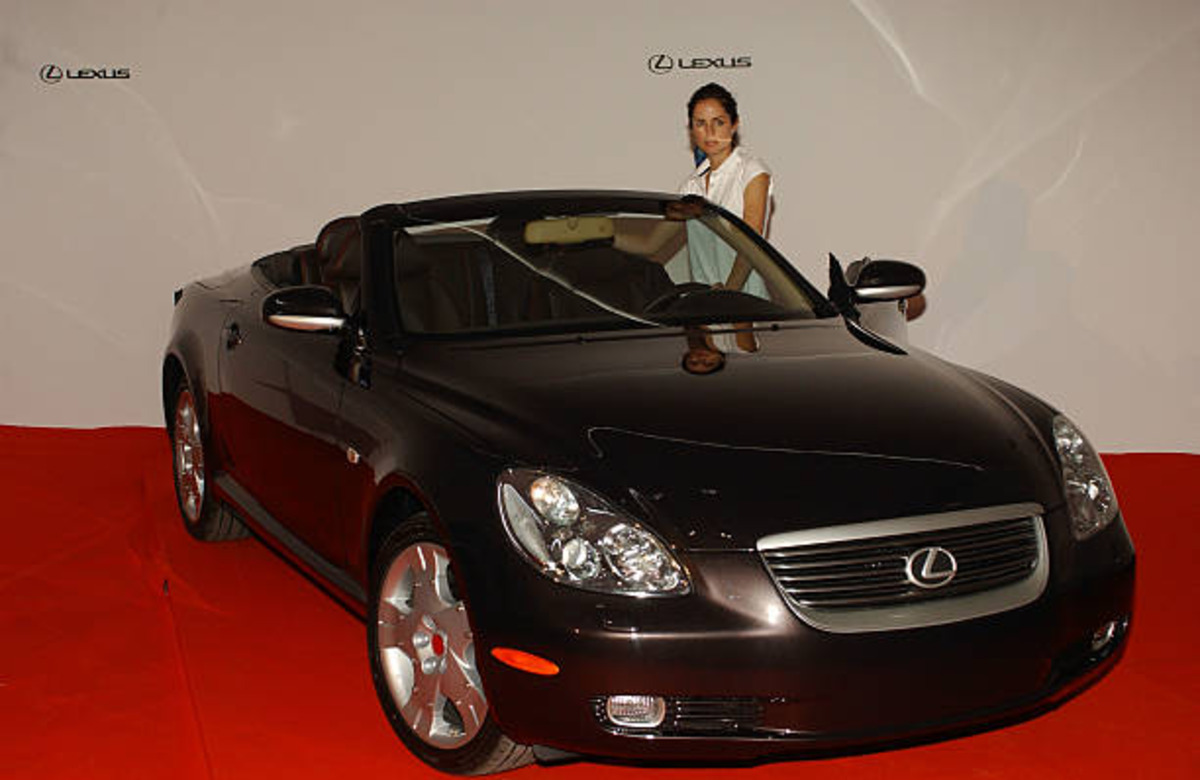
Inside, the SC 430 felt cramped, especially for a vehicle marketed as a high-end coupe. The rear seats were virtually unusable, and while Lexus offered premium materials, the overall design felt uninspired.
Performance was another weak point—despite its V8 engine, the SC 430 lacked the engaging driving dynamics expected from a luxury grand tourer.
Its soft suspension and lack of steering feedback made it feel more like a cushy cruiser than a true competitor in the segment.
Ultimately, the SC 430 faded into obscurity, overshadowed by better alternatives.
Also Read: 10 Road Bikes That Offer the Best Protection for Riders
10. Infiniti QX56
The full-size luxury SUV segment is packed with high-end options, but some models failed to live up to their premium promises.
Despite offering a spacious interior and an extensive list of luxury features, this particular SUV struggled with poor ride quality and excessive body roll, making for an unrefined driving experience.
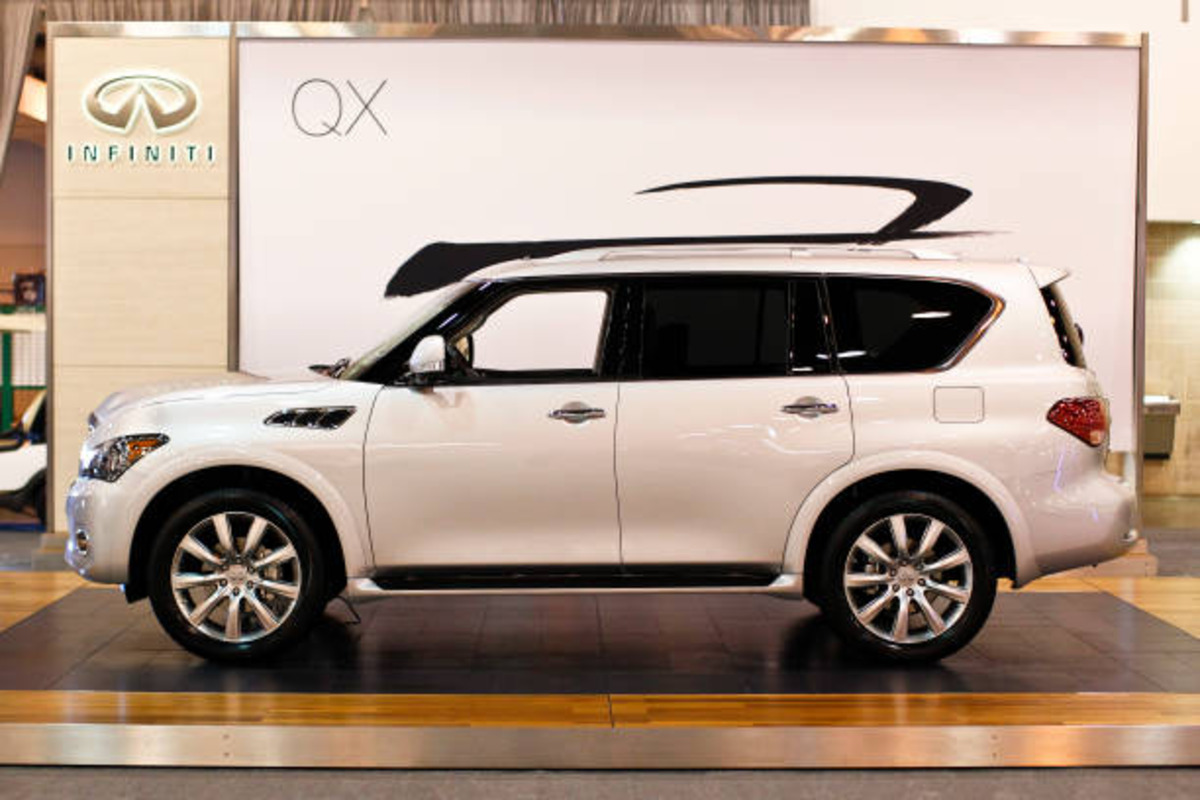
Owners also faced significant reliability concerns, with frequent mechanical and electronic issues adding to the frustration.
High maintenance costs only worsened the situation, as repairs often required expensive parts and specialized service. In a market where buyers expect both luxury and dependability, these flaws made the SUV an undesirable choice compared to more well-rounded competitors.
While it aimed to compete with industry leaders like the Range Rover and Mercedes GLS, its shortcomings ultimately overshadowed its premium appeal. Over time, buyers gravitated toward more reliable and better-engineered alternatives, leaving this SUV largely forgotten in the luxury market.
Luxury cars come with high expectations, but these models failed to deliver on their promises. Whether due to mechanical issues, poor design choices, or unjustified price tags, they serve as reminders that even high-end brands can miss the mark.

